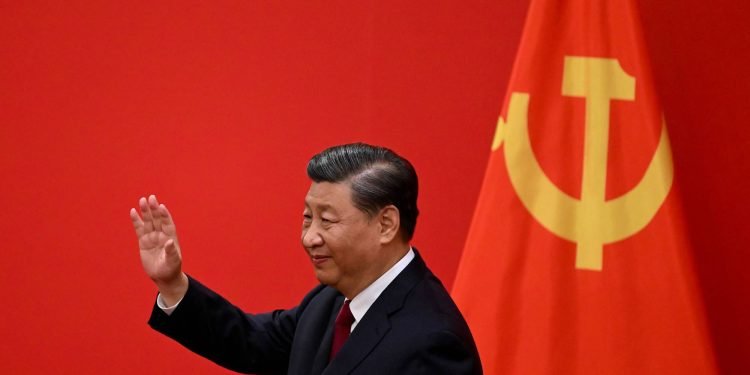China has announced an ambitious strategy to reduce logistics costs and enhance the efficiency of its supply chain network. This move is designed to strengthen its manufacturing sector and bolster global trade competitiveness, particularly amidst growing international challenges and economic pressures.
Key Objectives
The plan aims to achieve two primary goals by 2027:
- Developing an Integrated Logistics Market:
Establishing a unified, efficient, and well-organized logistics system to streamline operations and improve connectivity across production and consumption sectors. - Reducing Logistics Costs:
Lowering logistics expenses from 14.4 yuan per 100 yuan of GDP in 2023 to 13.5 yuan by 2027. This would bring China closer to the global average, where logistics costs account for approximately 7-8% of GDP in countries like the United States and Japan.
Significance of Logistics in China’s Economy
Logistics plays a critical role in China’s economic framework, linking domestic production, consumption, and global trade. Despite improvements in infrastructure, the cost of logistics in China remains higher than in developed economies. For example, logistics costs accounted for 14.4% of GDP in 2023, nearly double that of advanced economies.
A reduction in logistics costs could save businesses over 1 trillion yuan annually, enabling companies to reinvest in innovation, expand capacity, and explore new export markets.
Key Measures to Achieve Targets
The plan emphasizes optimizing transportation systems and fostering multimodal logistics solutions. Key actions include:
- Improving Transportation Efficiency:
Integrating road, rail, air, and water transport for better cost management and service quality. - Promoting Multimodal Transport:
Encouraging seamless connectivity across different modes of transportation to streamline freight operations and reduce delays. - Expanding Railway Freight:
With over 114,000 kilometers of railway dedicated to freight services, the government aims to increase railway freight’s share in total turnover. A 1% increase in railway freight could lower the logistics cost-to-GDP ratio by 0.1-0.2 percentage points.
Economic Impact
Reducing logistics costs is expected to have far-reaching effects, including:
- Cost Savings for Businesses:
Significant reductions in operating expenses across industries. - Enhanced Export Competitiveness:
Lower costs will enable Chinese companies to compete more effectively in global markets. - Increased Investment in Innovation:
Savings can be reinvested in technology and capacity expansion, driving long-term growth.
Railways as a Focal Point
Rail freight is positioned as a cornerstone of this strategy. As of September 2024, China’s railway network spans over 160,000 kilometers, yet accounts for only 2% of the highway network’s size. Expanding railway logistics is critical for achieving cost reductions while promoting environmentally sustainable practices.
Conclusion
China’s initiative to reduce logistics costs underscores its commitment to building a more efficient and competitive economy. By targeting a more integrated logistics market and reducing operational expenses, the country is positioning itself to remain a global trade leader.
As China implements these changes, the logistics sector is poised to become a model of cost efficiency, environmental sustainability, and technological innovation, setting a benchmark for other nations.























